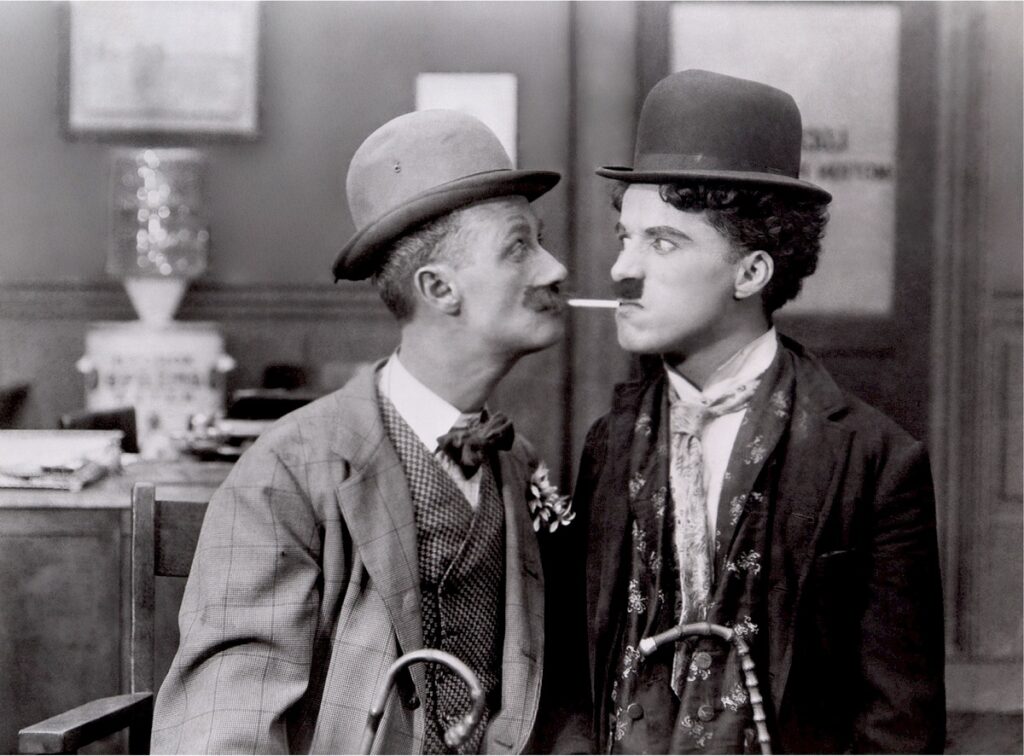Music is a universal language that can evoke emotions and memories in people like no other art form. It has the power to create a mood, set a tone, and convey a message in a way that words alone cannot. As such, it’s no surprise that music has become a valuable tool in marketing.
From commercials to social media ads to product launches, music is an integral part of many successful marketing campaigns.
In this blog post, we’ll explore the role of music in marketing and how businesses can use it to create a powerful connection with their audience.
We’ll delve into the psychology behind why music is so effective, share examples of successful music-driven campaigns, and offer tips on how to choose the right music for your brand. So, whether you’re a marketer looking to improve your campaigns or simply curious about the intersection of music and advertising, read on to discover the impact of music in marketing.
Why music in marketing?
Studies have shown that music can activate multiple areas of the brain, including those associated with emotions and memories. When paired with a brand or product, music can create a lasting impression and association in the mind of the consumer.
By using music that reflects the values, personality, and messaging of the brand, the consumer can form a lasting association between the two. This connection can be especially effective in creating brand loyalty and driving sales. For example, a jingle or catchy tune used consistently in advertising can become synonymous with a brand or product, making it instantly recognizable to consumers.

The right music can also create a memorable experience for consumers that will make them more likely to remember and share the brand with others. Overall, the use of music in marketing can be an effective way to create a lasting impression and association in the mind of the consumer, ultimately leading to increased brand awareness, loyalty, and sales.
Additionally, music can also influence consumer behavior, such as increasing the likelihood of purchasing a product or improving brand recall.
The use of music in advertising has been proven to enhance the overall effectiveness of a campaign, making it a valuable asset for any marketer looking to connect with their audience on a deeper level.
Successful music-driven campaigns
Coca-Cola’s “Share a Coke” Campaign (2016)
In the beginning, Coca-Cola replaced its iconic logo with the slogan “Share a Coke with…” after which a popular name from the country was added. Coca-Cola aimed to connect with its consumer on a more personal level and the company’s ultimate goal was to inspire moments of shared happiness. Then, in 2016, Coca-Cola rearranged the campaign, adding famous song lyrics to the bottles. The new campaign was a massive success, and Coca-Cola saw a 2% increase in sales in the US.
Nike’s “Run London” Campaign (2008)
Nike created a series of music-driven events that featured some of the UK’s biggest artists. The goal of the event, according to Nike, was to motivate and unite more than a million runners worldwide. Each track passed near well-known locations, and when runners crossed the finish line, a top musical artist was performing for them including Dizzee Rascal, Kasabian, and Hadouken!.
The campaign was a huge success, and Nike registered an increase in sales of its running products.
Apple’s “Silhouette” Campaign (2004)
Apple used the song “Vertigo” by U2 in a series of TV commercials that featured silhouetted dancers moving to the music.
U2 surprised both fans and critics by promoting iPod through their new single, “Vertigo,” despite facing criticism. Bono, the frontman of U2, defended the endorsement and called iPod “the most beautiful object in music culture since the electric guitar.” As a result of U2’s endorsement, Apple’s stock reached a 52-week high of $53.20 per share within 72 hours. With the “Silhouette” campaign, Apple reportedly spent $49.6 million between January and August of the same year.
Overall, the campaign was a successful one.
Old Spice’s “The Man Your Man Could Smell Like” Campaign (2010)
Old Spice used music in its viral ad campaign, which featured a shirtless Isaiah Mustafa singing and dancing while promoting the brand’s products. The campaign was cleverly named “The Man Yor Man Could Smell Like” and featured a monologue by Mustafa whose main narrative was aimed at explaining how you can change the life of a man for the better if you get him the company’s product, Old Spice.
The campaign was a “knockout”, and Old Spice saw an increase in sales of its body wash products.
Pepsi’s “Live for Now” Campaign (2013)
Pepsi teamed up with Beyoncé to create a music video for her song “Grown Woman” as part of its “Live for Now” campaign.
Pepsi said that Beyonce’s song featured in the advertisement was the “perfect expression” of the Live for Now philosophy.
According to the company, the purpose of the commercial was to demonstrate how Beyonce’s many life experiences shaped the woman she was then.
The campaign was a huge success and connected the brand Pepsi to the public with the help of one of the most famous singers in the world.
These are just a few examples of successful music-driven campaigns. Music can be a powerful tool for marketing, as it has the ability to evoke emotion and connect with people on a deep level.
Tips to help you master music in marketing campaigns
Choosing the right music for your brand can have a significant impact on the perception of your brand identity. As we have mentioned before, music has the ability to create emotions, evoke memories, and establish a connection with the audience. However, you have to be sure that you are choosing the right music for your brand, because only that way you can create a memorable and impactful brand identity that resonates with your target audience.
Let’s delve into some tips to help you on your journey:
- Define your brand personality: Your brand personality is the set of characteristics that define your brand. It is important to determine whether your brand is energetic, sophisticated, playful, or serious. This will help you choose music that reflects the personality of your brand and creates the desired emotional impact.
- Consider your target audience: Your target audience is the group of people you want to connect with through your brand. It is important to choose music that appeals to your target audience. Consider the age, gender, interests, and values of your audience and choose music that resonates with them.
- Understand the context: The context in which the music will be used is also important. If you are creating a TV commercial, you will need a different type of music than if you are creating an online video. Consider the emotional tone of the content and the mood you want to create.
- Choose music that aligns with your brand values: Your brand values are the core principles that guide your business. If your brand values sustainability, choose music that aligns with that value. If your brand values innovation, choose music that sounds futuristic. This will help you create a cohesive brand identity that reflects your values.
- Don’t forget about licensing: Make sure you have the necessary licenses to use the music you choose. There are many platforms that offer royalty-free music, but make sure you read the terms and conditions carefully so that you don’t end up with a copyright infringement lawsuit.
- Test the music: Before finalizing the music for your brand, test it with your target audience. Get feedback and see if the music creates the desired impact. This will help you make any necessary adjustments and ensure that the music resonates with your target audience.
- Think of hiring a popular name that will represent your brand as well as your values: This can be a tricky one as more than often it is very hard to find a star and even negotiate the terms of your cooperation. Don’t forget the possible overwhelming costs that might come along with this. However, if you are 100% sure that this is something that will further help you on the path of your growth, you should go for it.
To sum up
In conclusion, music in marketing plays a crucial role in shaping the brand identity of a business. By carefully selecting music that aligns with the brand’s personality, values, and target audience, businesses can create a memorable and impactful connection that might last for many, many years.
However, it’s also important to think about the context in which the music will be used, whether it’s a TV commercial or an online video, to ensure that the music complements the content and creates the desired emotional response. There’s nothing worse than a failed music campaign after spending a serious amount of time and money on it.
What you should also keep in mind when working with music in your marketing campaign are the legal requirements and licensing for using the music, as it can have serious implications if not done correctly.
Ultimately, choosing the right music for a brand is a thoughtful and deliberate process that requires understanding the brand’s values, audience, and purpose. We hope that with these tips we have provided a solid base of knowledge, which if followed, can establish a powerful and unique brand identity that will easily touch your audience and leave a lasting impression.


